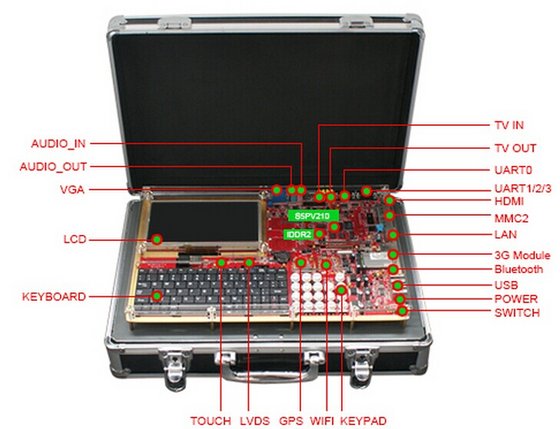Circuit Construction Kit Software W7hp64sp1
Free Download Printer Driver Lexmark Z1300. Related Windows softwares Circuit Weaver 3D is an original puzzle game, taking place in awesome 3D environments, with arcade quality special effects $2.99 Circuit Diagram enables you to make electronic circuit diagrams and allows them to be exported as images Free Why do the lights turn on in a room as soon as you flip a switch? Tante Kaya Cari Cowo Bebas No Hp Di Daerah Bandung. Flip the switch and electrons slowly creep along a wire Free Look inside a resistor to see how it works. Increase the battery voltage to make more electrons flow though the resistor Free Original font like printed circuit board. Latin and Cyrillic code pages are supported Free This award-winning, electrical training program builds on the Basic Techniques program $139.

This interactive java application gives students a virtual circuit simulator for building dc circuits. Wires, batteries, resistors, light bulbs, and switches are available to be added to the circuit, along with common 'real world' objects. Parameters, such as resistance and voltage, can be modified as desired. Meters are available for measuring voltages and currents. Circuit elements can be arranged in any geometry desired by the user; circuit elements are not required to connect to a grid. The circuits can be viewed using either images of the objects or using schematic symbols. This is part of a large collection of simulations freely available from the Physics Education Technology group at the University of Colorado.
Additional context for this material is provided by the. Access Rights: Free access License: This material is released under a license. PhET Interactive Simulations by The PhET Team, University of Colorado are licensed under a Creative Commons Attribution-Noncommercial 3.0 United States License. Rights Holder: University of Colorado-Boulder Merlot: SERCs: Keywords: DC Circuit, ammeter, current, electric circuits, electricity, experiment simulation, interactive multimedia, ohm's law, resistivity, resistor, voltmeter Record Cloner: Metadata instance created June 15, 2005 by Bruce Mason Record Updated: December 27, 2017 by Caroline Hall Last Update when Cataloged: November 30, 2017 Other Collections. Systems and System Models (K-12) • Models can be used to represent systems and their interactions—such as inputs, processes and outputs— and energy, matter, and information flows within systems. (6-8) • When investigating or describing a system, the boundaries and initial conditions of the system need to be defined and their inputs and outputs analyzed and described using models. (9-12) • Models can be used to predict the behavior of a system, but these predictions have limited precision and reliability due to the assumptions and approximations inherent in models.
Digital Ic Trainer Kit Software W7hp64sp1. 1/11/2018 0 Comments. I’ll end with a pic of the trainer being used for a timer circuit: The entire kit cost me around Rs. Would have been cheaper if I used wood for the base since the switch boards itself were around Rs. Hope you liked the trainer kit. The War Games Construction Kit is a 3D interactive arcade game, play single player or networked. Enjoy flying airplanes, driving tanks, firing artillery and parachuting behind enemy lines. Enjoy flying airplanes, driving tanks, firing artillery and parachuting behind enemy lines.
Structure and Function (K-12) • Structures can be designed to serve particular functions. (6-8) • Complex and microscopic structures and systems can be visualized, modeled, and used to describe how their function depends on the shapes, composition, and relationships among its parts, therefore complex natural structures/systems can be analyzed to determine how they function.
(6-8) • Investigating or designing new systems or structures requires a detailed examination of the properties of different materials, the structures of different components, and connections of components to reveal its function and/or solve a problem. (9-12) NGSS Science and Engineering Practices (K-12). Analyzing and Interpreting Data (K-12) • Analyzing data in 6–8 builds on K–5 and progresses to extending quantitative analysis to investigations, distinguishing between correlation and causation, and basic statistical techniques of data and error analysis. (6-8) • Analyze and interpret data to provide evidence for phenomena. (6-8) • Analyzing data in 9–12 builds on K–8 and progresses to introducing more detailed statistical analysis, the comparison of data sets for consistency, and the use of models to generate and analyze data. (9-12) • Analyze data using tools, technologies, and/or models (e.g., computational, mathematical) in order to make valid and reliable scientific claims or determine an optimal design solution.